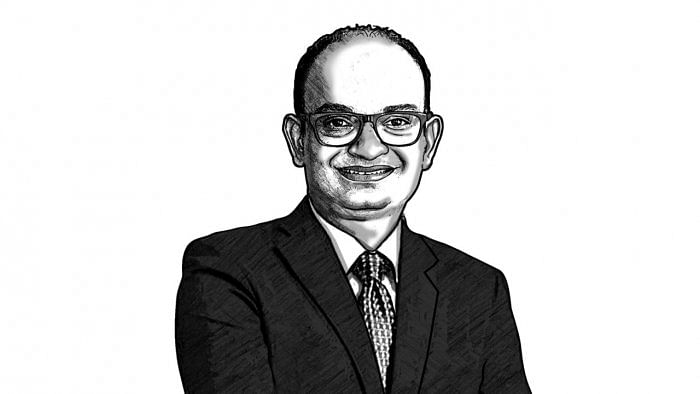
Bengaluru is now home to The Museum of Art and Photography (MAP). Attending a dinner at the MAP terrace, I got a peek into the different floors and what seems to be another excellent development for Bengaluru’s creative art scene. Not too long ago, I visited the National Gallery of Modern Art, which was carrying an exhibition of Bireswar Sen’s miniatures. The Bangalore International Centre has also been a great addition, with its tasteful spaces and excellently curated interactions. A great city should have creative spaces of global standards, and Bengaluru is coming along!
While all this is happening around us, a humongous revolution is brewing in creativity and art. With Artificial Intelligence (AI) tools like DALL.E and Mid Journey creating visual art from textual descriptions, the ability to develop scripts and poetry with ChatGPT, and many choices to create AI music, we are well into a new age of creativity on the scale of what happened during the European Renaissance period.
I have used many of the tools, evaluated the output critically, and have been sufficiently impressed to write this article. I generated dialogue in a script using AI, created variations to my drawings, erased parts of the AI-generated drawing and got it to iterate, and created entirely new art using just textual descriptions. The AI output can even be combined with other digital advances to animate pictures with audio and video.
One of the critical factors that contributed to the creative flourishing of the Renaissance period of the 15th and 16th centuries in Europe was the patronage of wealthy individuals and institutions. These patrons, who included powerful rulers, the Church, and wealthy merchants, provided financial support to artists and scholars, allowing them to pursue their work without mundane concerns like earning a living. Today, this function is being met by the open-source revolution and the funding from prosperous industries to organisations like OpenAI.
Another aspect of the Renaissance was the exchange of ideas during this period. As a result, the Renaissance was a time of great intellectual ferment, and scholars from different disciplines often worked together, sharing ideas and collaborating on projects. Today, the exchange of ideas across ages and across geographies, in part, is accomplished by training neural networks with relevant data. The resulting machine-learnt latent space can take appropriate input prompts and produce new creative outputs. Additionally, collaboration is facilitated by software platforms that bring communities of practice together.
A challenge for AI-enabled creativity is the dependence on public data. As more public data becomes machine-generated, AI can develop genetic defects from incestuous data! Human ingenuity and manual outputs will, hence, remain critical for AI to evolve.
This is also the week when Naatu-Naatu won the best original song award at the Oscars. The music, the beat, and the lyrics of the song are hyper-local. The original lyrics in the Telugu language describe Poleramma Jatra, a local festival; Potaraju, a local dancing deity; jonna rotti, the local sorghum roti with crushed onions and chillies. It will take some time for AI to be able to produce the magic of Keeravani’s music, Chandra Bose’s lyrics, Prem Rakshit’s choreography, the dance of Ram Charan, and the vision of Rajamouli. The ability to move the soul is nuanced and constantly evolving while remaining anchored in visceral emotions. Moving the soul might not be easy for AI, rooted only in past data. However, AI might be able to provide the much-required inspiration by extending a music fragment and completing lyrics! Indeed, the efficiency of those in creative pursuits has been changed forever!